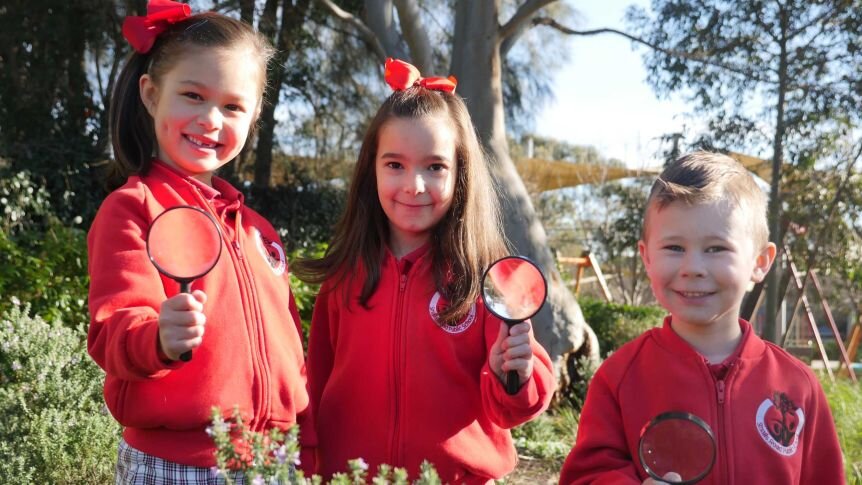We’ve been hinting at an upcoming citizen science app for a little while now. So, while our Pollinator P.I. is still in development, we thought we’d help you test out your skills with some of the already available biodiversity apps online.
While citizen science in this case focuses on explorations around biodiversity and sustainability, it does not require rocket science credentials – just simple phone skills.
Citizen science apps that help biodiversity are simple. As a participant, all you need to do is take photos of plant and animal species and record simple data while out and about - placing the info or data in the app’s database. This information can help researchers and scientists do further research to establish correlations and patterns.
User friendly citizen science apps are helping scientists to understand the distribution and population of species – important data which supports species at risk from climate change, development and other pressures.
These apps are also a great tool in education, helping us learn what species call the land around our home their habitat – you will be surprised at what you find once you start actively looking!
The online dimensions of these apps enable individuals around the globe to form like-minded communities that care for the environment and raise awareness on how humans are impacting on other species. Each app is different in its own way - providing different levels of education with different methods of interaction between community members.
So, while Pollinator P.I. progresses, here are some great alternative apps to try:
Inaturalist
This is one of our favourites. iNaturalist exists as a space for people to record, share and discuss the organisms they interact with in their daily activities. Not only does it create a space for participants to make observations - learning about the species that surround them - the app helps scientists gather location-based data on species. For a more interactive experience - you can join specific projects - gathering data and narrowing your learning into one specific field. For a bit of fun competition, you can host a BioBlitz; challenging your friends to find as many species as possible.
Frog id
Challenge your citizen science abilities with a more slippery species: Australian frogs. This app (run by the Australian Museum) helps count and map the location of endangered frog species. However, it comes with a slight twist. Instead of taking pictures of the species, like most citizen science apps, participants record the frogs’ croak - identifying different species by sound. If you are interested in broadening your own identification abilities (not just leaving it up to the scientists) the app contains past records of frog calls. To add a little competition to the mix, rankings are awarded to those that contribute the most information to the database. Alternatively, you can join a team, competing with others in your area that share similar interests.
Questagame
Add a little fun to data collection and become a bio-adventurer - discovering the world around you while learning about life and helping to protect biodiversity. Unlike the other two apps, Questagame is more game-based, making it the perfect way to get the children in your life involved in citizen science projects. Capture images of rare species to earn ‘gold’, thus allowing you to join quests and buy resources. Once you learn how to identify species for yourself, you can compete against others to claim territories as your own. Data gathered in the game is inputted into CSIRO’s Atlas of Living Australia and the Global Biodiversity Information Facility - ultimately contributing to the bigger biodiversity picture.
These are just some of the apps available to help combat species loss. Think of the databases like Pokémon Go, but with real-life impacts. Becoming a citizen scientist in this simple (yet effective) way will give you an answer when the future generation asks: What did you do to help other species in the face of a changing climate?

